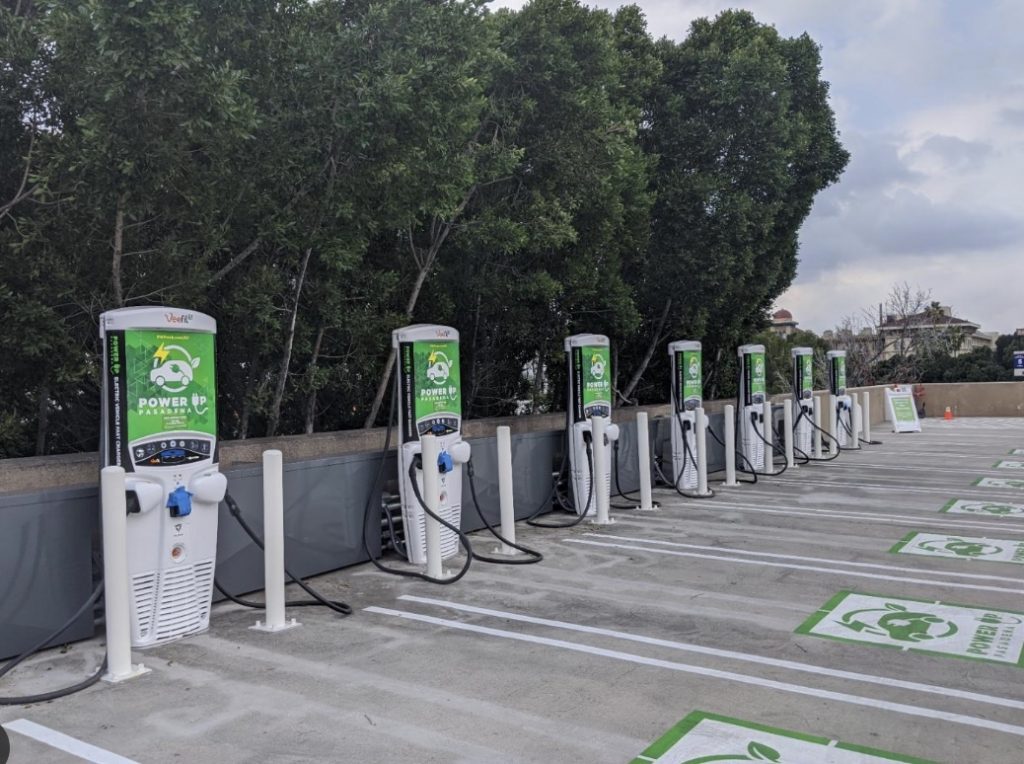
Seven automakers are forming a new company that will be installing 30,000 faster chargers in the US in the new few years. They’re going to be dual-port stations with both CCS1 and NACS (Tesla’s connector), but CHAdeMO won’t be included. The stations will be in urban areas and along state highways.
The seven automakers are BMW, General Motors, Honda, Hyundai, Kia, Mercedes-Benz, and Stellantis. Automakers who had recently agreed to adopt Tesla’s NACS were Ford, GM, Mercedes-Benz, Nissan, Polestar/Volvo, and Rivian. Automakers reportedly in talks with Tesla: Hyundai, Stellantis, and Volkswagen. ChargePoint and Electrify America had agreed to adopt NACS, according to Car and Driver.
One of the key points in the announcement that this new company’s network hopes to solve a recurring problem: reliability problems. Users will have to plug and replug, or wonder why the charging speed is so low, or is no longer available.
They’re expecting roll out the chargers in mid-2024.
Who Consumes Nearly All Renewable Diesel? California.
California accounts for nearly all renewable diesel consumption in the US, but most of it isn’t made in the state, according to the US Energy Information Administration (EIA). More than eight times the renewable diesel was consumed in California than was produced there in 2021. California imports renewable diesel, with Singapore as the leading overseas market, and purchases it from other states producing it.
Six states—Louisiana, North Dakota, California, Wyoming, Washington, and Kansas—accounted for all renewable diesel (RD) production in the US in 2021.
California’s Low Carbon Fuel Standard (LCFS), which went into effect in 2011, is behind all of it. Between 2011 and 2021, consumption grew from 1 million barrels to 28 million barrels per year in the state.
California continues to make gains in renewable natural gas (RNG) investment and production. In just the first half of 2020, RNG made up nearly 90% of all natural gas vehicle fuel consumed in the state, according to Trillium.
LCFS has been adopted in California and is in the beginning phase in Oregon. Other states are considering it.
Soybeans might make up the bulk of RD. While RD and biodiesel both come from vegetable oils, animal fats, and recycled restaurant grease, 100% of RD comes from these ingredients and is chemically the same as petroleum diesel. Vegetable oils are the most economically viable which can be met by oilseed production. Soybeans make up about 90 percent of U.S. oilseed production, while other oilseeds—including peanuts, sunflowerseed, canola, and flax—make up the remainder, says the U.S. Dept. of Agriculture.
And in other news……..
Taking on methane: Colorado is taking on a major environmental problem: the release of methane gas into the atmosphere. A public-private coalitions has worked together to adopt new rules that requires oil and gas companies to directly measure methane emissions at production and publicly report it; and it empowers a new formed division to have the authority to enforce compliance. It also built in a public process for continuous evaluation of a robust companion protocol to make sure it gets carried out long term.
Tesla rigged range estimates: Tesla played with the numbers on available driving range on its electric vehicles for years, according to an investigation by Reuters. A source said that the company rigged the range-estimating software on the cars’ dashboard, providing a “rosy” projection of how far the driver could go before running out of power, the report said.
ACT Expo speakers: Interested in being a speaker at ACT Expo 2024? Here’s a link for submitting your abstract on topics that would be of interest to clean transportation advocates. The show organizer would prefer to have presenters from fleets.
Self-driving cars and Uber drivers: News of driver jobs going away has been floating around since 2014 after Google started testing self-driving cars. Companies such as Waymo, Tesla, and Uber are still testing and developing autonomous vehicles, but there are major challenges they still have to overcome. Regulatory hurdles, technological limitations, and public acceptance remain significant walls to climb.



